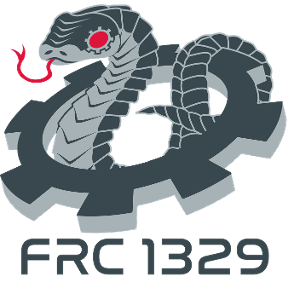Welcome to the Onshape forum! Ask questions and join in the discussions about everything Onshape.
First time visiting? Here are some places to start:- Looking for a certain topic? Check out the categories filter or use Search (upper right).
- Need support? Ask a question to our Community Support category.
- Please submit support tickets for bugs but you can request improvements in the Product Feedback category.
- Be respectful, on topic and if you see a problem, Flag it.
If you would like to contact our Community Manager personally, feel free to send a private message or an email.
Modeling motion while designing living hinges
 derek_ward
Member Posts: 73 EDU
derek_ward
Member Posts: 73 EDU
I'm curious if anyone has any experience designing with living hinges and simulating motion in assemblies with them in Onshape. Any tips and tricks?
Tagged:
0
Comments
I have done this work in SW, but I'm sure you don't need that workflow here... However, I used the "Join" Feature to get the two parts back into a part from the assembly where the motion was defined. That feature isn't available in Onshape, but some type of in-context workflow might work.
Configurations
I think you could use configrations in Onshape: have a configured dimension that drives the relative angle of your two parts.You could have "open", "first contact" (where your seal first starts to inferfere or something) and "closed" or something Then your motion can be shown easily, and you can use a sweep, loft, extrude or other feature (that is robust enough to work in all positions) to create the hinge geometry.
Onshapes approach to configuration tables would make this quite easy.
References
Since both parts are in the same Part Studio, another tip would be to make sure that you have enough reference geometry (planes / sketches etc) tied to the moving side so that you can fully-define ALL the geometry of the moving part with respect to itself (not the non-moving geometry)...
Hope these suggestions help....if anything's not clear, I can put together some helper images later - just let me know.
Romeo
https://cad.onshape.com/documents/c3e9a2d66ff7fde0548ef0d9/w/de88b2b1ac4f4dfb9568109b/e/3965ead54c916dec25a64292
If you move the cap around in the assembly and then right click on the context and select "Update context" then the plastic connector will update as well.
Onshape, Inc.
@TimRice, Thank you for the document share, but won't that change the dimensions of the living hinge when you move the cap around?
Yes, I suppose so. I originally created the model more for fun and to try out in-context modeling than for accuracy.
Onshape, Inc.